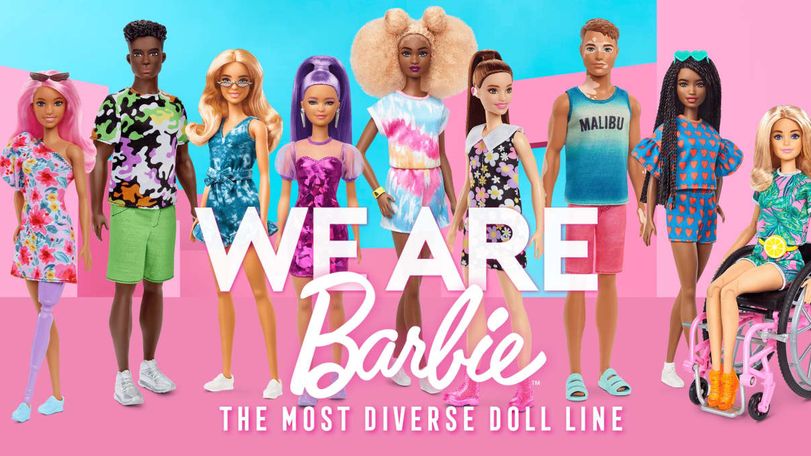Unconventional Moves: When Companies Break Their Own Moulds
28th Aug 2024

In the ever-evolving landscape of marketing, brands are constantly seeking ways to stand out and connect with their audience.
One intriguing strategy that has gained traction in recent years is the deliberate departure from established branding guidelines.
But why would companies risk tampering with their carefully crafted identities?
The Rationale Behind Breaking the Mould
- Attention-grabbing: In a world saturated with advertisements, breaking from the norm can capture the audience’s attention more effectively than adhering to the familiar.
- Emotional Connection: Unexpected branding moves can evoke surprise, curiosity, or amusement, fostering a stronger emotional bond with consumers.
- Demonstrating Adaptability: By showing flexibility in their branding, companies can position themselves as modern, dynamic, and in tune with current trends or issues.
- Addressing Social Issues: Temporary branding changes can be a powerful way to show support for social causes, appealing to socially conscious consumers.
- Creating Buzz: Unconventional branding often generates media coverage and social media discussions, providing free publicity.
Examples
Pepsi’s “Pilk” Campaign

In a surprising move, Pepsi embraced an internet trend by promoting “Pilk” – a mixture of Pepsi and milk.
This campaign, which included limited-edition packaging, deliberately stepped away from Pepsi’s sleek image to tap into viral, quirky content. By doing so, Pepsi showcased its ability to engage with internet culture and younger demographics.
Burger King’s “Recycle the Toy” Initiative

Burger King UK launched an unconventional marketing campaign encouraging customers to return old plastic toys from kids’ meals for recycling. They temporarily replaced toy giveaways with recyclable paper-based toys and games.
This move, while outside their usual marketing approach, highlighted the brand’s commitment to sustainability.
Heinz’s AI-Generated Labels
Heinz embraced AI technology to create limited-edition ketchup bottle labels.
This departure from their iconic label design showcased the brand’s willingness to experiment with cutting-edge technology while maintaining their recognisable bottle shape.
Google’s Playful Doodles

While not a complete departure from their brand, Google’s ever-changing doodles are a perfect example of a company flexing its creative muscles consistently.
These temporary logo alterations celebrate holidays, historical figures, and cultural events. By doing so, Google maintains its core identity while showcasing its innovative spirit.
Oreo’s “The Most Oreo” Campaign

Oreo released a limited-edition layered cookie alongside the Oreoverse – a digital world featuring Oreo-themed games and experiences.
Accessible via VR headsets or web browsers, this campaign blended innovative flavours with virtual engagement. It appealed to both snack lovers and tech enthusiasts, expanding Oreo’s reach beyond traditional cookies into the emerging metaverse space.
Barbie’s Diverse Product Line Expansion

While not a temporary change, Mattel’s continued expansion of the Barbie product line to include dolls with diverse body types, skin tones, and abilities represents a significant departure from the brand’s original, uniform aesthetic.
This ongoing initiative demonstrates Barbie’s commitment to inclusivity and changing social norms.
The Impact and Considerations
These unconventional marketing moves can yield significant benefits – including increased brand awareness, improved brand perception, and stronger customer loyalty.
However, companies must carefully consider the potential risks, such as confusing their audience or diluting their brand identity.
For brands considering similar strategies, it’s crucial to:
- Ensure the unconventional marketing move aligns with core brand values
- Have a clear purpose behind the change
- Plan for how to reintegrate the standard branding afterwards
- Monitor public reaction and be prepared to respond
When executed thoughtfully, breaking out of the branding mould can be a powerful tool for companies to refresh their image, engage with current issues, and create memorable experiences for their audience.



